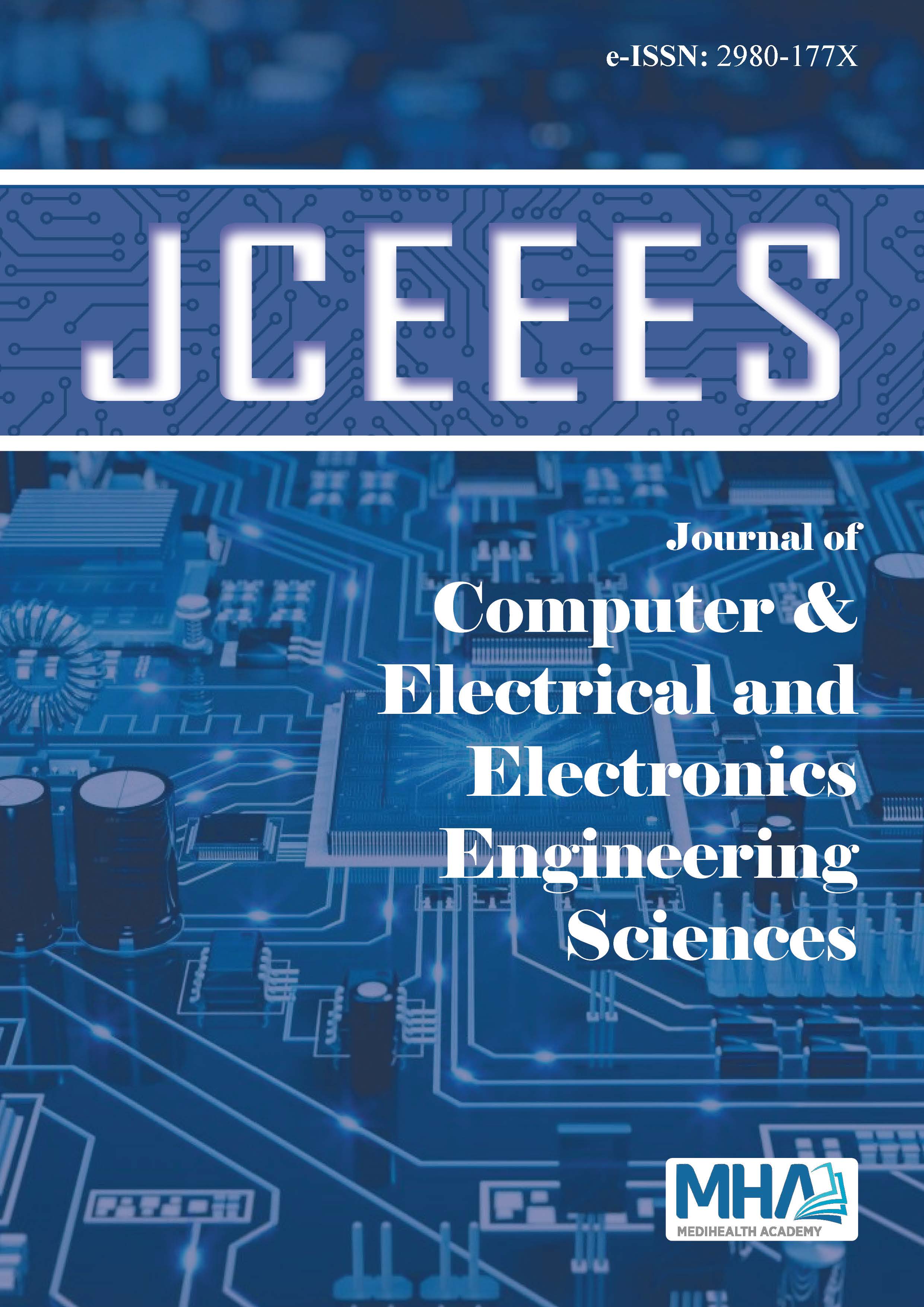1. Latif, A. (2020). Optimum Synthesis of a BOA optimized novel dual-stage PI-(1+ ID) controller for frequency response of a microgrid.Energies, 13(13), 3446.
2. Ali, W. H., Sadiku, M. N. O., & Abood, S. (2019). Fundamentals ofElectric Machines: A Primer with MATLAB: A Primer with MATLAB.CRC Press.
3. Bigelow, T. A. (2020). Electric Circuits, Systems, and Motors. Springer.
4. Cankurtaran, M. F., & Kocamis, A. E. (2019). Sensorless Speed Controlof PMDC Motor with Cascade PI Controller. International SymposiumELMAR. IEEE.
5. Chau, K. T., & Wang, Z. (2011). Chaos in electric drive systems: analysis,control and application. John Wiley & Sons.
6. Cuong, N. D., & Puta, H. (2013). Design of MRAS based control systemsfor load sharing of two DC motors with a common stiff shaft. 2013International Conference on Control, Automation and InformationSciences (ICCAIS). IEEE.
7. Dorf, R. C., & Bishop, R. H. (2011). Modern control systems. Pearson.
8. Franchi, C. M. (2019). Electrical Machine Drives: Fundamental Basicsand Practice. CRC Press.
9. Ishizaki, K., Sencer, B., & Shamoto, E. (2013). Cross Coupling Controllerfor Accurate Motion Synchronization of Dual Servo Systems.
10. Krause, P. C., Wasynczuk, O., Sudhoff, S. D., & Pekarek, S. (2002).Analysis of electric machinery and drive systems (3rd ed., Vol. 2). WileyOnline Library.
11. Mehta, V. K., & Mehta, R. (2008). Principles of electrical machines. S.Chand Publishing.
12. Mohan, N. (2003). Electric drives.
13. Momoh, J. A. (2018). Energy Processing and Smart Grid. John Wiley& Sons.
14. Namazov, M., & Basturk, O. (2010). DC motor position control usingfuzzy proportional-derivative controllers with different defuzzificationmethods.
15. Panlong, Z., & Wang, Z. (2019). Improvements of direct currentmotor control and motion trajectory algorithm development forautomated guided vehicle. Advances in Mechanical Engineering, 11(2),1687814018824937.
16. Pisano, A. (2008). Cascade control of PM DC drives via second-ordersliding-mode technique. IEEE Transactions on Industrial Electronics,55(11), 3846-3854.
17. Raja, G. L., & Ali, A. (2017). Series cascade control: An outline survey.2017 Indian Control Conference (ICC). IEEE.
18. Romero, L., & Antonio, C. (2006). Control of position/velocity in amobile robot using dc brushless motors. Electronics, Robotics andAutomotive Mechanics Conference. IEEE.
19. Son, Y. I. (2014). Robust cascade control of electric motor drives usingdual reduced-order PI observer. IEEE Transactions on IndustrialElectronics, 62(6), 3672-3682.
20. Taha, N., & Gücin. (2015). Tuning cascade PI (D) controllers inPMDC motor drives: A performance comparison for different types oftuning methods. 2015 9th International Conference on Electrical andElectronics Engineering (ELECO), IEEE.
21. Talavaru, U., & Naik, R. N. (2014). Microcontroller based closed loopspeed and position control of DC motor.
22. Tang, J. (2001). PID controller using the TMS320C31 DSK with onlineparameter adjustment for real-time DC motor speed and positioncontrol. ISIE. IEEE International Symposium on Industrial ElectronicsProceedings (Cat. No. 01TH8570), 2, IEEE.
23. Taut, E., & Marius, A. (2018). Model-in-the-Loop for Determining theSpeed and Position of a DC Motor. 41st International Spring Seminaron Electronics Technology (ISSE). IEEE.
24. Wang, L. (2020). PID control system design and automatic tuning usingMATLAB/Simulink. John Wiley & Sons.

